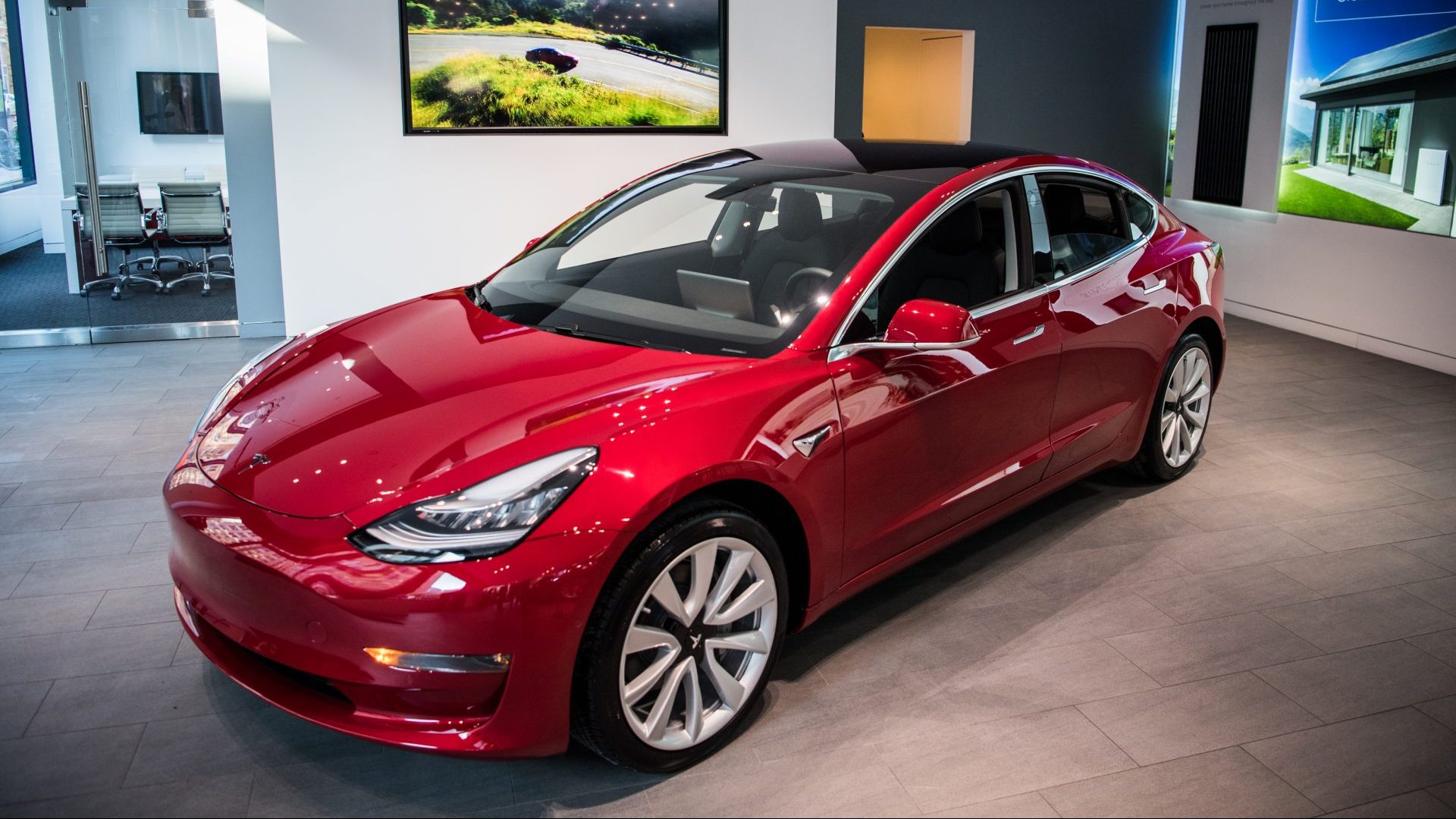

One of Tesla’s main claims-to-fame are the advanced vehicular features and ability to process important updates over-the-air. In its newest software update, Tesla improves upon its Summon feature by enabling owners to not only request the car to pull out of tight parking spaces, but also be controlled “like a big RC car.”
In a tweet shared Thursday morning, CEO Elon Musk confirms that the feature will be available in about six weeks, and will enable owners to control their vehicles remotely from the app as long as they are in the car’s line of sight. Additionally, the car will be able to follow the owner around should they continue to hold down the “summon” button within the Tesla app.
Some critics express concern over vehicles being in the line of sight, however, Musk clarifies that Tesla has chosen this route not for convenience or as an engineering choice, but rather for safety. According to the CEO, Tesla could make piloting the vehicle remotely “work from very far away”. Likely considering the possibility of problems arising from a vehicle being remotely controlled without the owner nearby, the decision was made to use a line of sight as a safety net.
Currently, Tesla offers a basic version of its Summon feature to owners, allowing vehicles to creep towards an owner so as long as they are in a straight line up to 39 feet away and no obstacles are in the vehicle’s path. Despite the claim that Smart Summon (now known as Advanced Summon) is able to navigate complex environments, the current version of Summon has often come under skepticism of being overly cautious from some owners, as some have reported that even a one-inch lip on a driveway would prevent the feature from working as intended.
In order to utilize the feature, the owner must have configured the vehicle with Enhanced Autopilot and have the “Autopilot hardware v2+”. Any vehicle purchased with Enhanced Autopilot within the past two years should have the proper version of the hardware to utilize the feature.
Advanced Summon seems to be one of the features that needs the processing capacity of newer Autopilot hardware, and an even more powerful third iteration developed on purpose-built silicon has already been announced. The automaker said that the new hardware has a framerate processing advantage of more than ten-fold, meaning that it will be able to handle more complex scenario processing as Tesla continues to develop its Full Self Driving option for a potential future release.